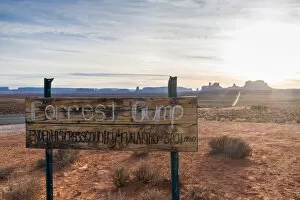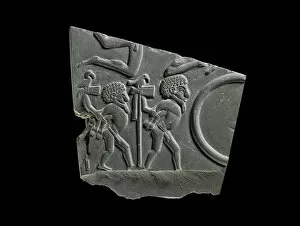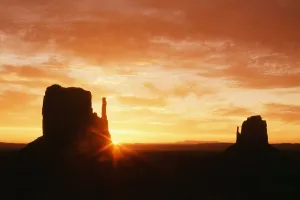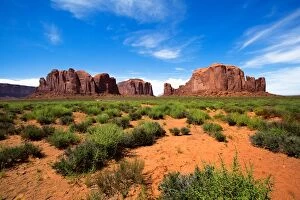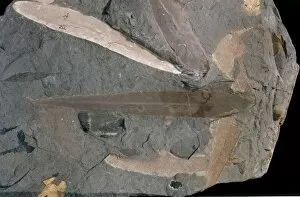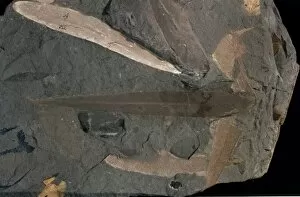Siltstone Collection
Siltstone, a captivating rock formation found in various parts of the world, never fails to leave onlookers in awe
For sale as Licensed Images
Choose your image, Select your licence and Download the media
Siltstone, a captivating rock formation found in various parts of the world, never fails to leave onlookers in awe. At sunrise, the Manly Beacon and the Siltstone eroded foothills formations at Zabriske Point create a breathtaking sight that seems straight out of a dream. The Forrest Gump Point in Monument Valley, Utah, USA showcases the remarkable beauty with its towering cliffs and mesmerizing colors. Delving into history, we find ourselves transported back to Ancient Egypt where the Four Dogs Palette made from siltstone during the late 4th millennium BC tells tales of an ancient civilization's artistry. Moving across continents to Bryce Canyon National Park, one encounters nature's masterpiece - Hoodoos sculpted by wind and water over millions of years from vibrant siltstone. The versatility is evident as it takes on different forms throughout time. A fragment of a battlefield palette crafted from this durable stone reminds us of its use even in warfare. On another note, a carved siltstone bowl adorned with a gazelle leg handle showcases intricate craftsmanship that stands as testament to human ingenuity. Not limited to artistic endeavors alone, it has played an essential role in industrial processes too. Forging mills depicted by Denis Diderot highlight how this rock was utilized for washing purposes between 1751-1777. As we journey through America's natural wonders once more, we witness the majestic Mittens at Sunrise within Monument Valley Navajo Tribal Park in Arizona. These monumental structures rise proudly from the earth formed by layers upon layers of sedimentary rocks including striking siltstones. Heading towards Ireland's Cliffs of Moher reveals yet another facet: sandstones and siltstones lining its shores overlooking Doolin and Galway Bay. This picturesque view exemplifies how these rocks shape landscapes worldwide. Finally zooming into microscopic details reveals fossils frozen in time.


